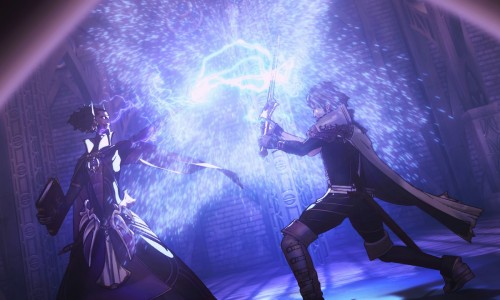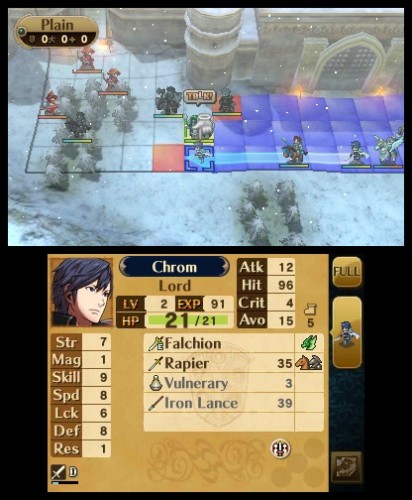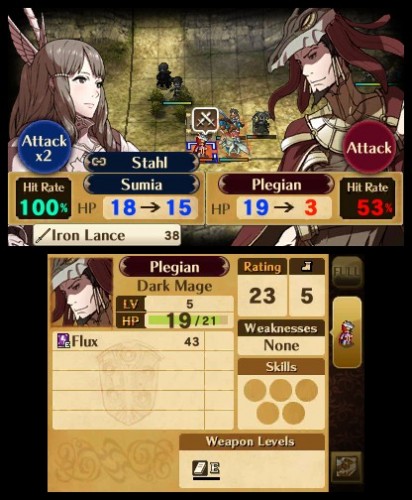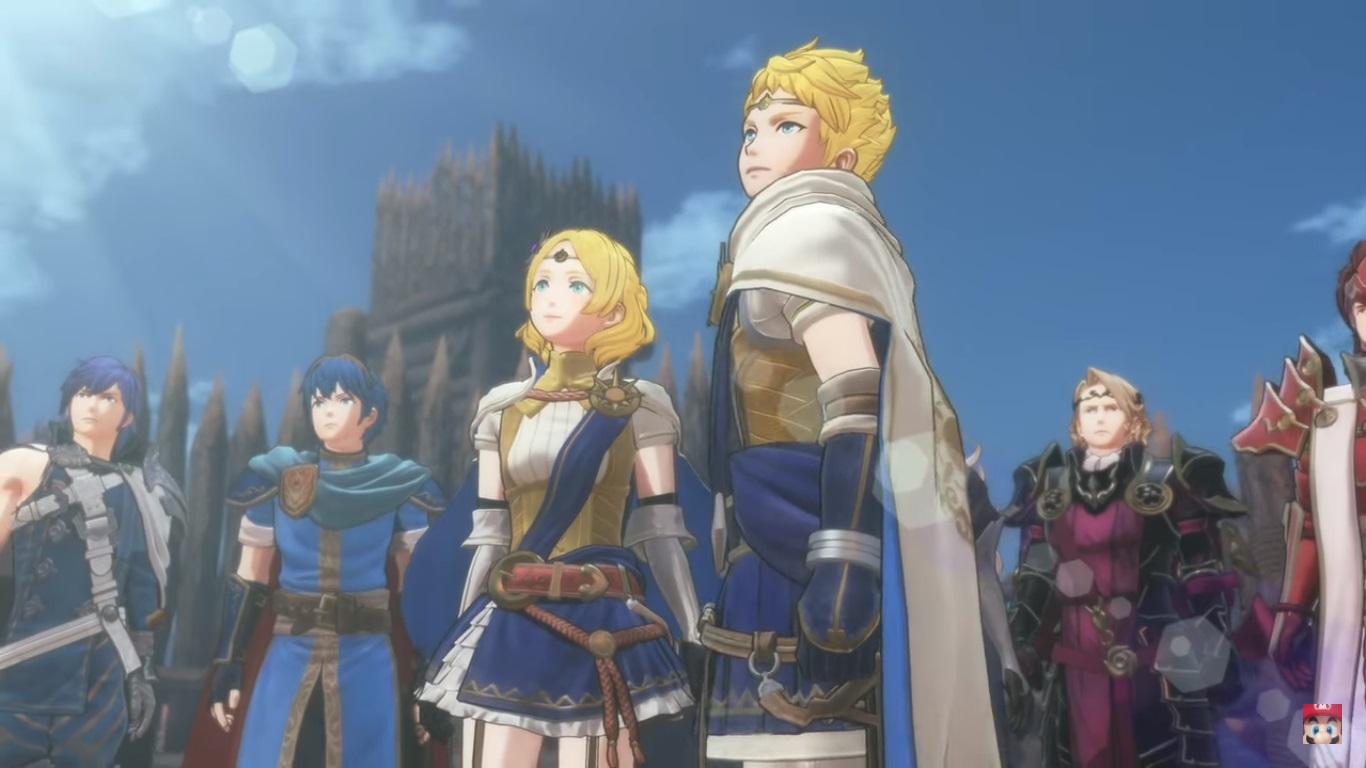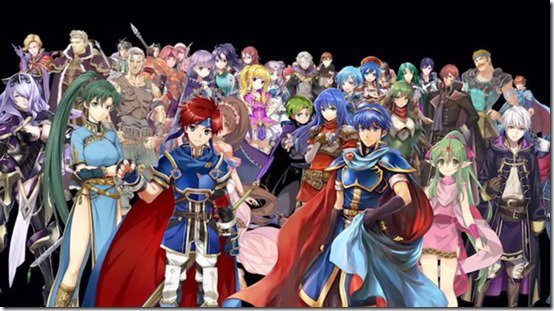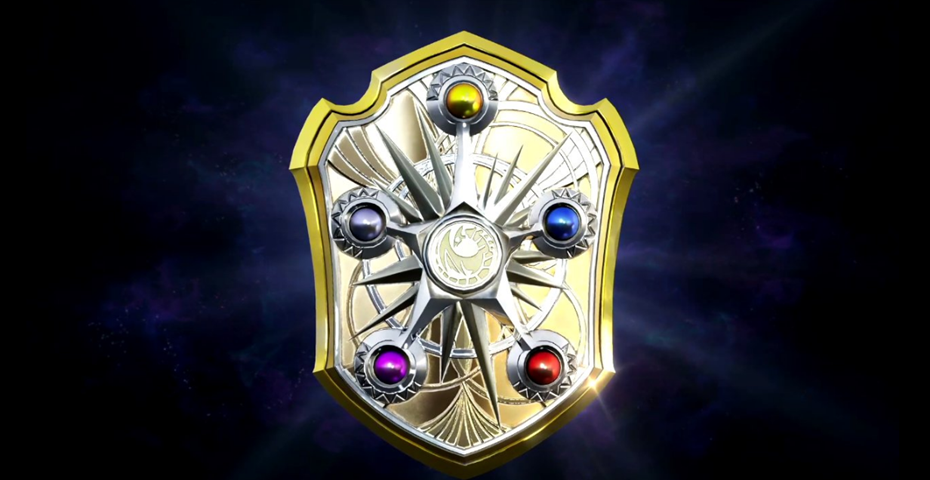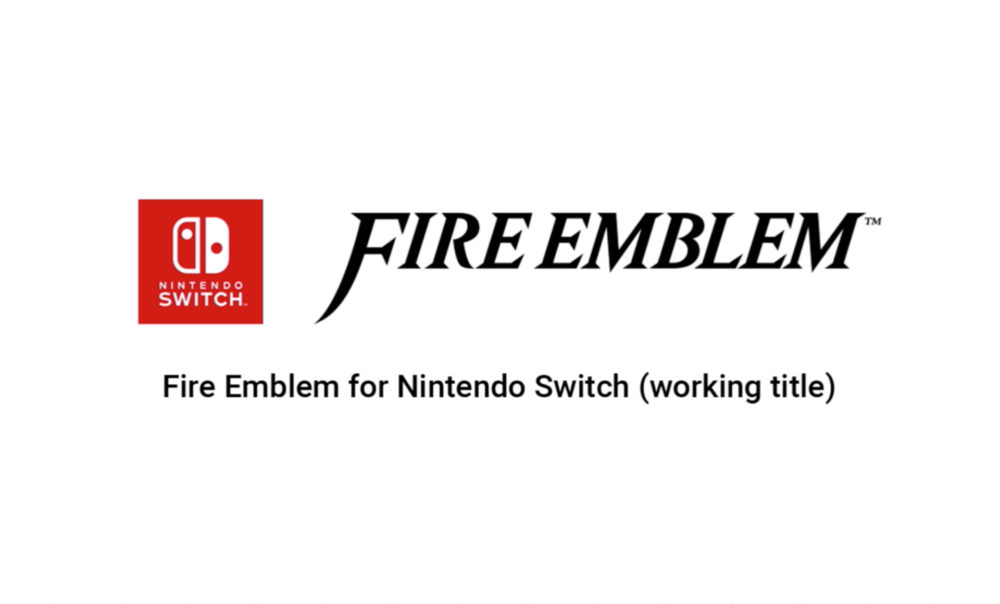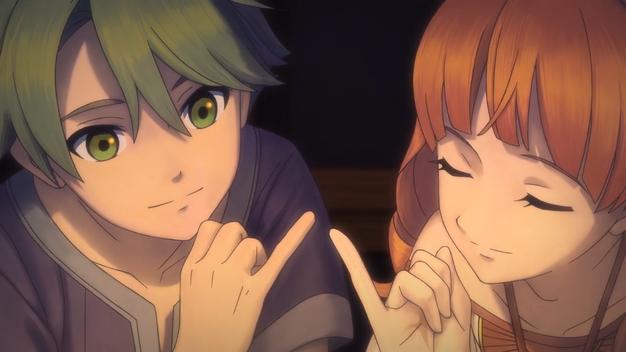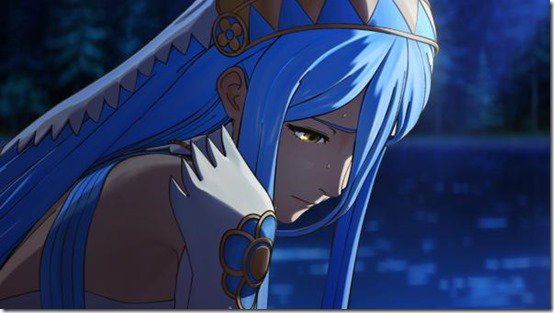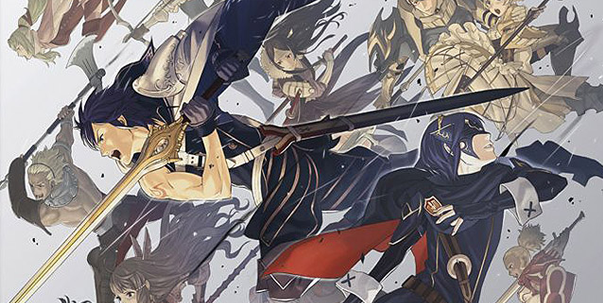
I’m quite familiar with the SRPG genre, but to be perfectly honest not so much with Fire Emblem itself. Over the years I’ve put plenty of time into the likes of X-COM: UFO Defence, Jaggered Alliance, Freedom Force,Fallout: Tactics, and even smaller SRPG releases like Incubation. But not Fire Emblem. And if you were to ask my why, I wouldn’t know what answer to give you. I’m fond of the genre, have always been in possession of Nintendo platforms, and the series has received PAL localisations for a good few years now. I’ve even recognised the appearance of Fire Emblem characters in other Nintendo franchises, like Super Smash Bros. But for whatever reason, I’d never properly played a Fire Emblem game.
Until now, that is. Causing quite the stir in both the United States and Japan, Nintendo has finally got around to localising a PAL release of their Nintendo 3DS Fire Emblem: Awakening. Jumping right in, I didn’t really know what to expect, beyond…you know, tactical role playing. How easily would I adapt to the mechanics, given I know so little about them? Would a narrative drive the adventure? What kind of content would I be able to chew through?
These questions were quickly answered. And, though I cannot vouch for previous entries, I can safely sayFire Emblem: Awakening is an excellent entry point for series virgins like myself.
Little to no knowledge of the Fire Emblem universe is necessary to ease into Awakening, with the exception of maybe recognising “Marth” is a historically iconic name (and even that isn’t all that relevant). Awakening‘s story has you, an amnesia stricken protagonist, awaken in a field with hazy memories/visions of a mystery villain and unintended murder. Met by Ylisse Prince Chrom and his well armoured cohorts, protectors of the realm, you embark on an adventure of foreign invaders, dark sorcery, ancient evils, political scheming, and other typically bland anime/fantasy tropes.
I didn’t dislike Awakening‘s overarching narrative, but I’d be lying if I said it was a compelling drive through the game. As forgiving as Awakening is to newcomers, there’s not a lot going on in the main narrative that distances the game from more or less every other generic fantasy story on the market. Here are our enemies, and they’re invading. Oh! Political intrigue! Diplomacy! A prophecy stirs an ancient evil. Cue mysteriously masked character. Both the twists and general course of the narrative are a little bit predictable, and lazy in similarity to other stories, though generally inoffensive enough for some players to enjoy.
Awakening‘s narrative shines much brighter in the characters. Fire Emblem forgoes generic grunts in favour of a fully personalised cast of units. Every character you control is someone, with a written history, crafted personality, and unique interactions with their fellow banner-men. Some of these characters unfortunately succumb to generic anime tropes, but by and large you’ll enjoy the charisma and identity bestowed upon each unit.
In fact, so much work has gone into the characters that Awakening even allows you to play cupid. Enforcing teamwork during battles opens up developing mid-mission conversations between two units, leading to two useful gameplay purposes. Firstly, for many pairs it increases their companionship level, buffing their paired attacks on battle maps, a tactical advantage for obvious reasons. Secondly, it allows you to unite units under…marriage. Yep, you can lead characters of opposite genders to fall in love, get married, and have a child. And this child is yet another personalised, unique unit who’ll make their skills useful in battle.
The work put into the characters, both in story and extension to gameplay, does at times seem at odds with the core narrative. I liked the character banter, and seeing what relationships would form between the cast from the wealth of dialogue. But I also felt the boring story was occasionally intrusive to the flow of gameplay, especially when I just wanted to get to the battles. On one hand enjoying the characters, yet with the other wishing the story would shut up and get on with it. Because at times there really is a lot of story to get through before a battle starts, and it’s far from always interesting.
I suppose the arguably excessive narrative came as a bit of a surprise to me, as I figured most people would be interested in Fire Emblem for the gameplay, a belief justified now that I’ve given Awakening a thorougher beating. The fundamentals of a SRPG should be easily understood by anyone: you’ve several units, each composed of stats and variables, placed on a grid battlefield up against similarly varied opposing units. Each player takes turns positioning their military force, making offensive decisions, healing, and generally mastering the battle board to put them in the most advantageous position.
Where Awakening excels more than anywhere is just how robust the diversity of strategy is, and how meticulous role playing decisions in character customisation can turn the tides of battle. Really, where can I start? Absolutely no core element of the SRPG genre has been over simplified, dumbed down, or stripped out in Awakening. This is a design philosophy that appreciates the scope of macro and micro play, where intelligent players who appreciate the strengths and weaknesses of not just a single unit, but their equipment, skills, position on certain terrain, position relative to other units, companionship level, and more will be able to crunch probability numbers like second nature and see their deep strategic planning play out accurately on the battlefield.
And while all of this might sound horrifically intimidating, I was overjoyed to find Awakening gorgeously eases unfamiliar players into the formula one step at a time, and keeps the mission structure interesting. I’m not sure how veterans will find it, given they tend to prefer having all the mechanics they’re familiar with available from the get-go, but Awakening‘s tutorialisation of otherwise deeply complex mechanics without making said tutorialisation painfully obvious has, in my opinion, set a high standard of what should be expected from the genre. Story intrusion aside, the actual play of the first few chapters is fast, snappy, highly tactical and enjoyable, each mission seeding new ideas and deeper mechanics that are destined to open up even more later down the track.
At a handful of odd times Awakening gets ahead of itself, forgetting to inform you pretty essential variables (hello weapon endurance), otherwise I can’t really imagine how Awakening could better lead new players into the Fire Emblem formula while keeping the experience fun. Start with knowing nothing, and before long you’ll have a firm of the base essentials and then some, with significant room to grow even further.
I think this is too where the work put into Awakening is so admirable. Yes, the very comfortable learning curve makes it a highly enjoyable starting point, but it’s the bulk of playable content and depth to the mechanics that spell the difference between a game over and done with in a few sittings, and one that will last far longer. There’s a ton of main chapters to experience, along with close to just as many optional side missions. As the difficulty increases in each of these, so too does the requirement to play smarter and better explore the tactical mechanics. And with the exception of the really late game side missions, there’s no need to grind your chosen squad’s levels. Not as long as you know how to properly play the game, which to me shows a strong attention to mechanical balance.
Optional DLC missions and characters, majority of which come at a price, promise to offer even more content, but I’m not sure they’re even necessary. Similar for the fairly basic local multiplayer and StreetPass features. Awakening is the kind of game that welcomes campaign replays, either to experience more demanding difficulty levels, or just to play through the experience with a focus on a entirely different roster of characters. In the same way someone plays through a traditional RPG as a different class, so too are you encouraged to go back to the world of Fire Emblem and play with characters you’re not familiar with, learning their strengths and weaknesses, and building new strategies and tactics.
Fire Emblem: Awakening is probably one of the most “complete” games Nintendo has delivered in recent memory, with a positively bold game design somehow finding a balance between ease of entry for newbies, while appeasing long term armchair tacticians with deep, no-holds-barred gameplay. The story does get in the way from time to time, which for me seemed to conflict with the brilliantly tactical gameplay, and the characters and art can be a little too archetypal ”popular anime” for my taste, but it’s easy to overlook these blemishes when the rest of the package is so on-point.
Strong tactical RPG gameplay | Tight battle design | Good characters
Bland, occasionally intrusive story | Some tutorial missteps

